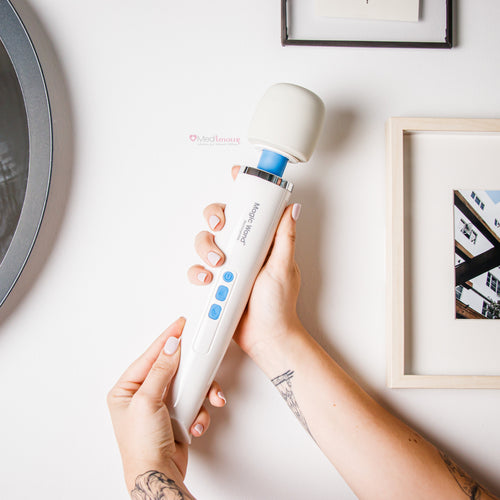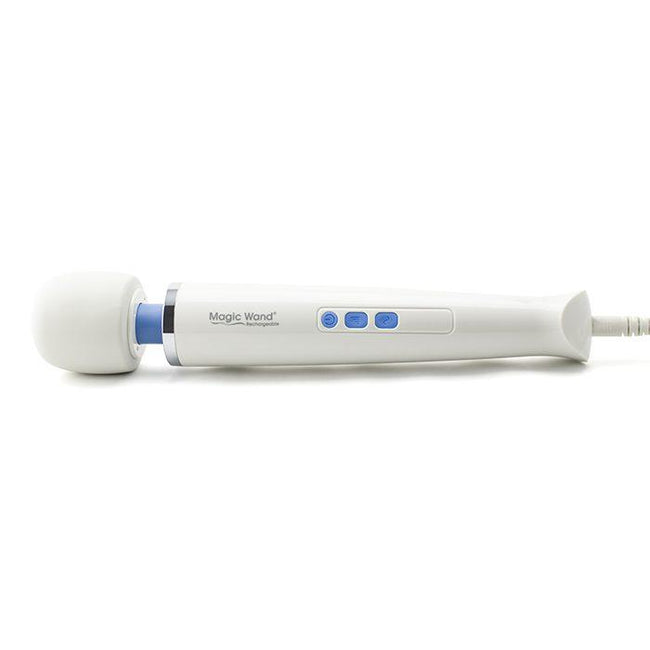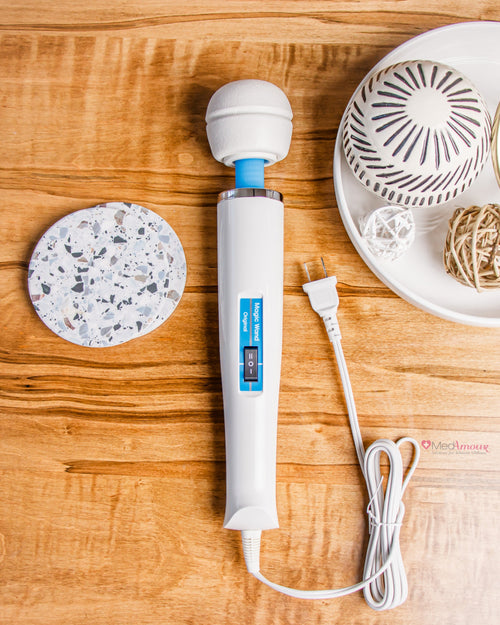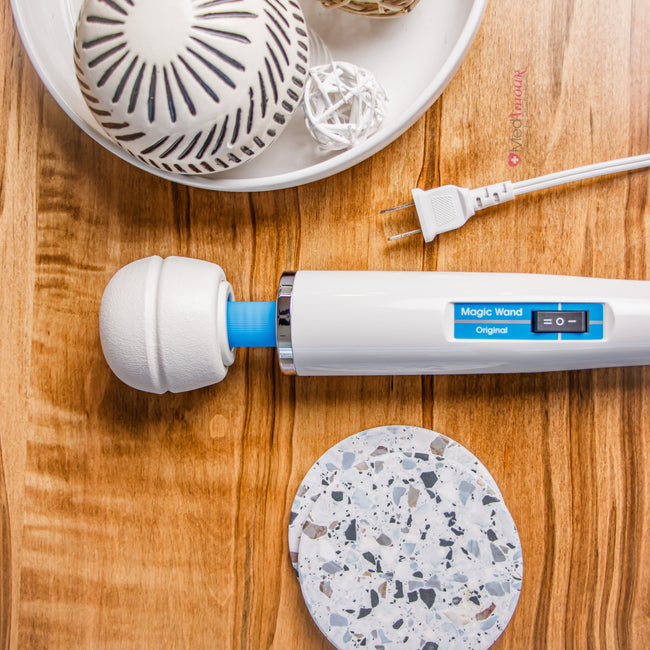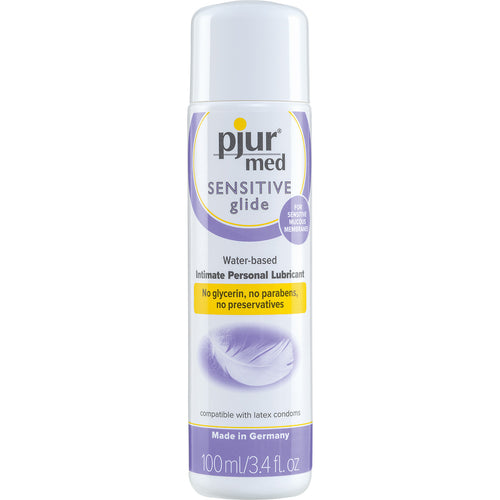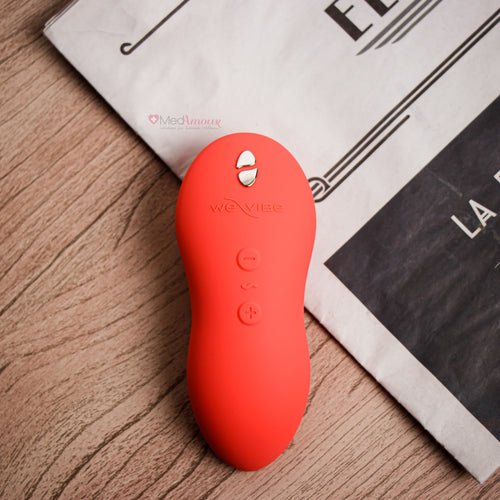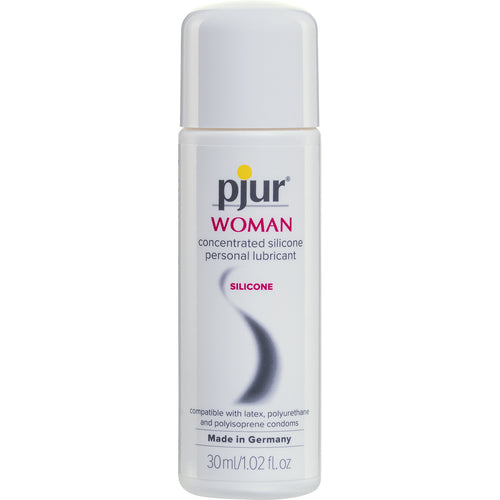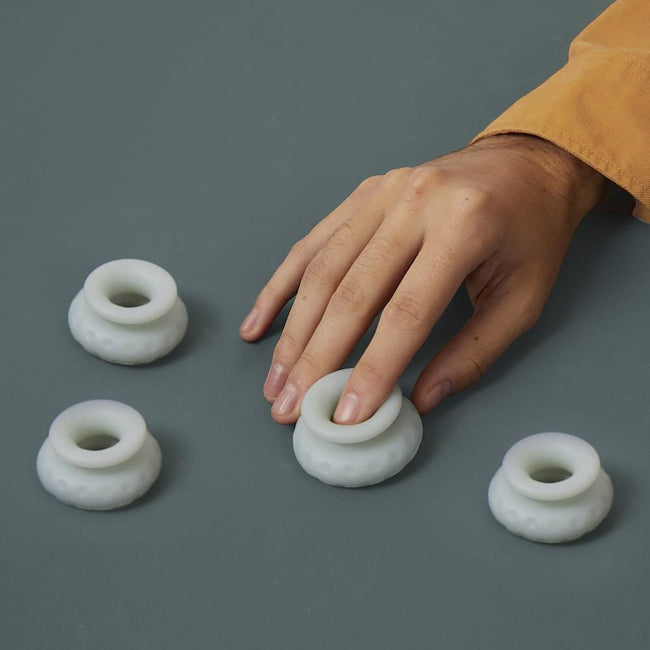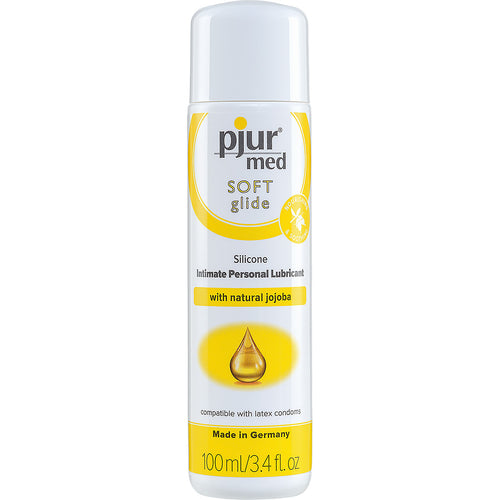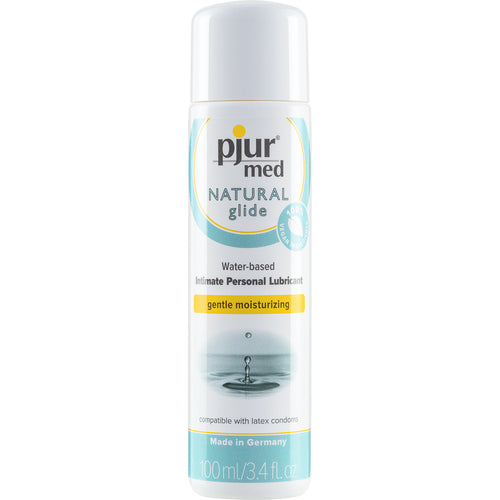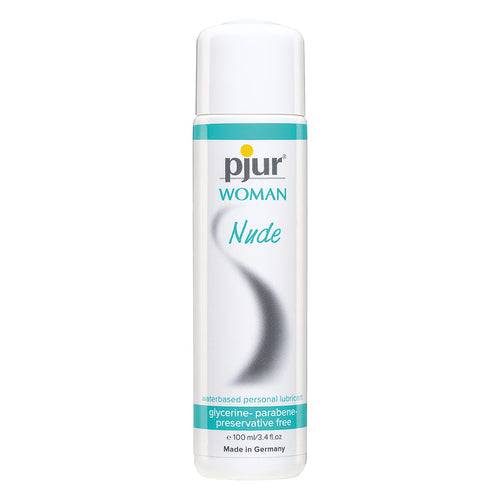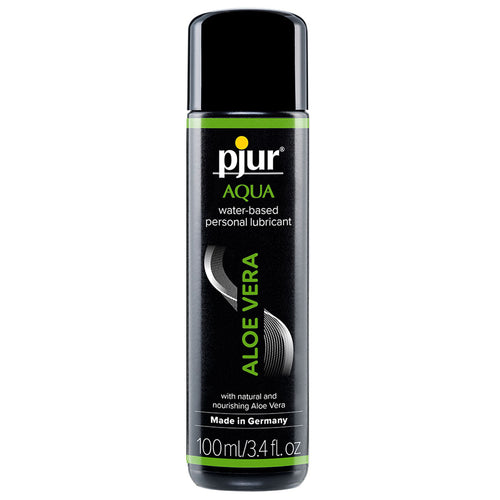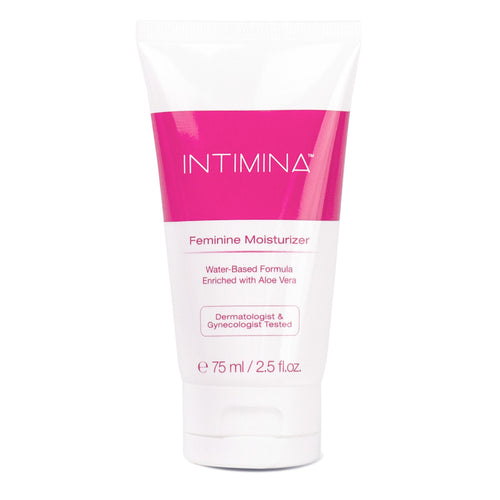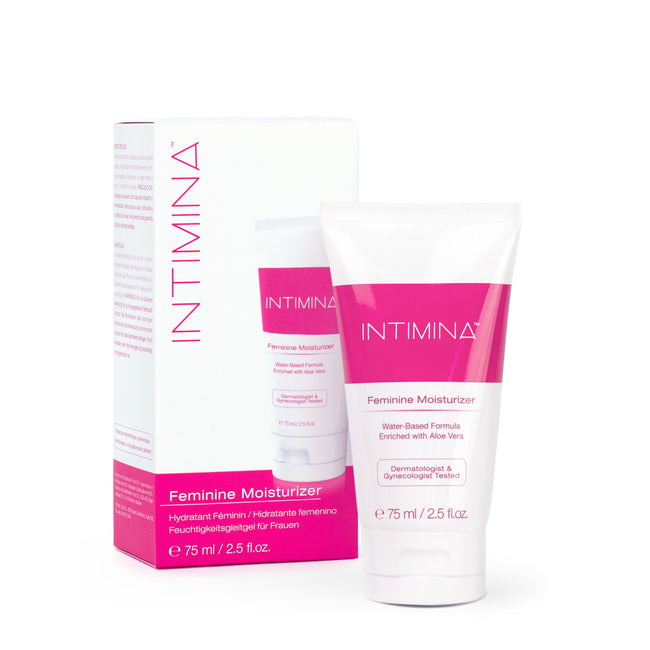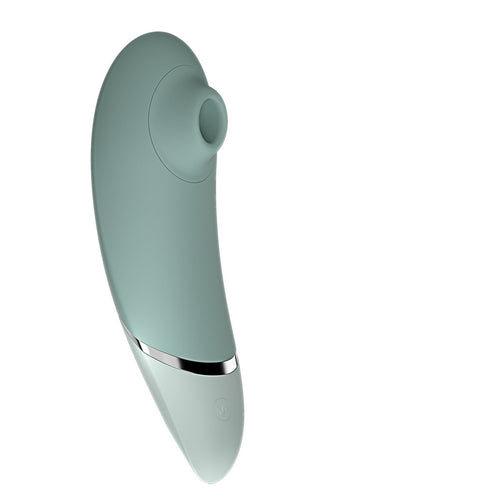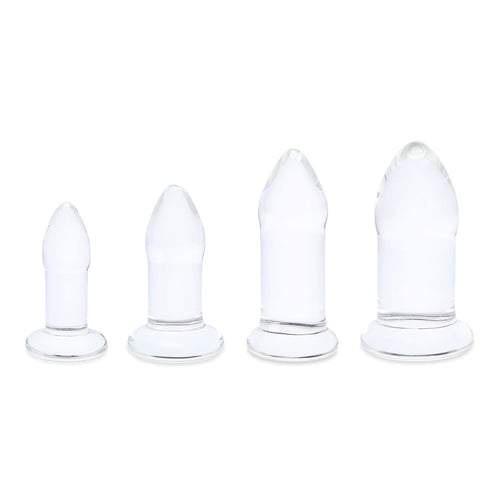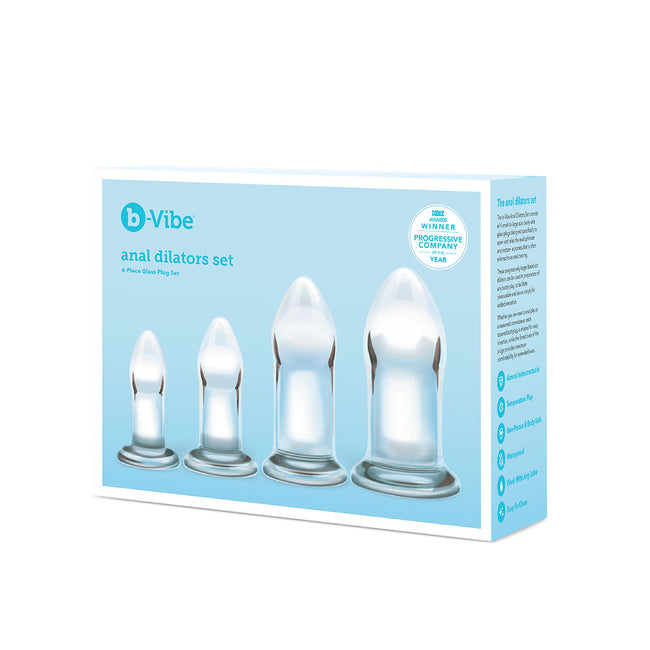Chronic Pain & Dyspareunia

25.3 million people in the U.S. live with chronic pain, according to the National Health Interview Survey. That’s approximately 11% of people living every day for more than three months with some sort of constant pain. Because this pain is chronic, the key for the majority of this population is to figure out how to live with it, instead of continually fighting it. A large part of living our lives enjoyably is being able to have sex and be intimate with a partner.
What is Chronic Pain?
The term chronic pain is used often but with very broad generalizations. Everyone feels pain since it is the body’s way of telling us that something is wrong. Once the injury heals, or after we fix the problem (for example, drinking water to rehydrate in order to take care of a headache), the pain typically goes away.
Chronic pain lasts for three to six months or more, and stays with the afflicted even after the injury has been healed, or the root cause seemingly addressed. Many times, the pain can even begin without any obvious cause, but typically starts after an injury or because of a health condition. Some causes of chronic pain are:
- Past injuries
- Back pain
- Migraines or other types of headaches
- Arthritis
- Nerve damage
- Recurring infections
- Fibromyalgia
Pain can include a constant dull ache, throbbing pain, fatigue, debilitating nausea and sensitivity to light or sound (as is the case with migraines). The pain may come and go or the symptoms may ease, or peak, but the threat or promise of pain and uncomfortable sensations is ever-present.
Living like this can be stressful and can derail lives, dreams and hopes. However, as patients who are in treatment for chronic pain, people just want to live as normal a life as they possibly can. Part of being “normal” includes having relationships and having sex.
Being Sexual While Living with Chronic Pain
When someone is experiencing chronic pain he or she can also suffer from secondary effects such as fatigue, depression and even hopelessness. However, a sex life does not have to stop due to chronic pain. Overcoming the primary and secondary effects of pain can be done when both partners understand what they are facing.
People living in chronic pain often fear:
Rejection
Is a partner still interested? Is attraction still possible? Share feelings and communicate that fear and those emotions.
More pain associated with sex
Will the physical act of sex hurt more? Experiment with different positions and varying sexual techniques that may not require vigorous activity.
Failure to perform
Will the body cooperate appropriately in order to accommodate sex? When the body is in pain, it is stressed. It is possible that it will be difficult to please a partner. Experiment with sex toys and lubricants in order to aid in the sexual act. Try a game or a book to open your horizons to new ways of touching.
Medication and Its Effects on Sex
Oftentimes, medicine that has been prescribed to help the primary cause of pain can make sex difficult. Some medicines can have side effects such as, low libido, vaginal dryness, erectile disfunction or anorgasmia. These side effects can become frustrating and a point of contention when it comes to navigating sex. It is important to note that one should never stop taking medication in order to be able to get back to a former sex life.
First and foremost, the main issue—what is causing the chronic pain—takes precedence. Therefore, there are other things one can do to create intimacy and take care of the bond between partners.
What Partners Can Do
Talk and fantasize together
Think about falling in love for the first time. Recreate date nights and remember what it was like to first get to know someone, and when it was a mystery about what sex would be like together. Talk about the future and discuss what new things could be possible at a later time.
Mutual masturbation/watching
Masturbating together or watching your partner do so, can take the pressure out of “performing” for someone else. Try experimenting with toys, sensual massage for touch, or play a sexy game that allows you to get to know each other better to try new things.
Cuddling and touching
Sometimes just cuddling on a couch or in bed can be very intimate. Touching each other without the expectation of sex can be arousing and satisfying. There is little to no risk, and touching could always lead to more play.
When Sex Causes Pain
Pain is sometimes caused by the physical act of sex and not an obvious physical problem. The clinical term for painful intercourse or painful penetration is called dyspareunia. Many women will have painful intercourse or encounter this at some point in their lives. Vulvodynia is another term used to more specifically define pain around the opening of the vagina
Dyspareunia is defined as persistent or recurrent genital pain that occurs just before, during or after intercourse. Unfortunately, there can be no understood physical problem when dyspareunia occurs.
It is important to note that if this is being experienced, the sufferer needs to find a health care provider who is patient, understanding, and is driven to help solve the problem. This can be a difficult problem for someone to diagnose if no physical issue is present or obvious. Finding a healthcare practitioner who will take the issue seriously and who will want to find the source is important. We encourage you to be your own advocate for your pain and well-being.
Symptoms of Dyspareunia Are:
- Pain at sexual entry (Vulvodynia)
- Pain with every penetration, including using a tampon (Vaginismus)
- Pain during thrusting
- Burning or aching pain
- Throbbing pain lasting for hours
There are many different causes of dyspareunia, which is why it can be a frustrating problem to deal with. Causes can range from a lack of lubrication to Vaginismus to a congenital abnormality. In addition, injury to the vagina is possible, as well as dealing with emotional trauma and abuse. Pain may also occur due to Endometriosis.
If the issue is structural or caused by an infection, healthcare providers have recourse in the form of prescriptions or exercises. In extreme cases, surgery may be required. If the pain is caused by past traumas or abuse, talk therapy can help relieve anxiety and underlying pain that may be lying dormant. One may have to revisit past emotional pain in order to overcome this type of dyspareunia. If this is the case, patience and compassion will be the key when it comes to dealing with a partner.
Products That Can Help
In addition to several books about sexual pain, recovery and healing that are listed in this category, MedAmour carries products that can be useful when dealing with dyspareunia.
Lubricants
If the cause of pain is related to vaginal dryness or vaginal atrophy, a water-based or hybrid lubricant (silicone and water) is recommended to help reduce friction and increase lubrication. A “lube launcher” can also be used to insert lubricant further into the vaginal canal so there is more lubrication than just at the opening.
Dilators
Something that may be recommended by a doctor is a series of dilators. These are non-vibrating, smooth devices in graduating sizes that are inserted to help ease the pelvic muscles to relax and open over time. They can be as small as a pinky finger up to the size of an average penis.
References
https://www.mayoclinic.org/chronic-pain/art-20044369
https://www.emedicinehealth.com/pain_during_intercourse/article_em.htm
https://www.webmd.com/pain-management/guide/pain-management-maintaining-intimacy#1
https://www.health.harvard.edu/womens-health/painful-sexual-intercourse-dyspareunia
- 1 of 1



